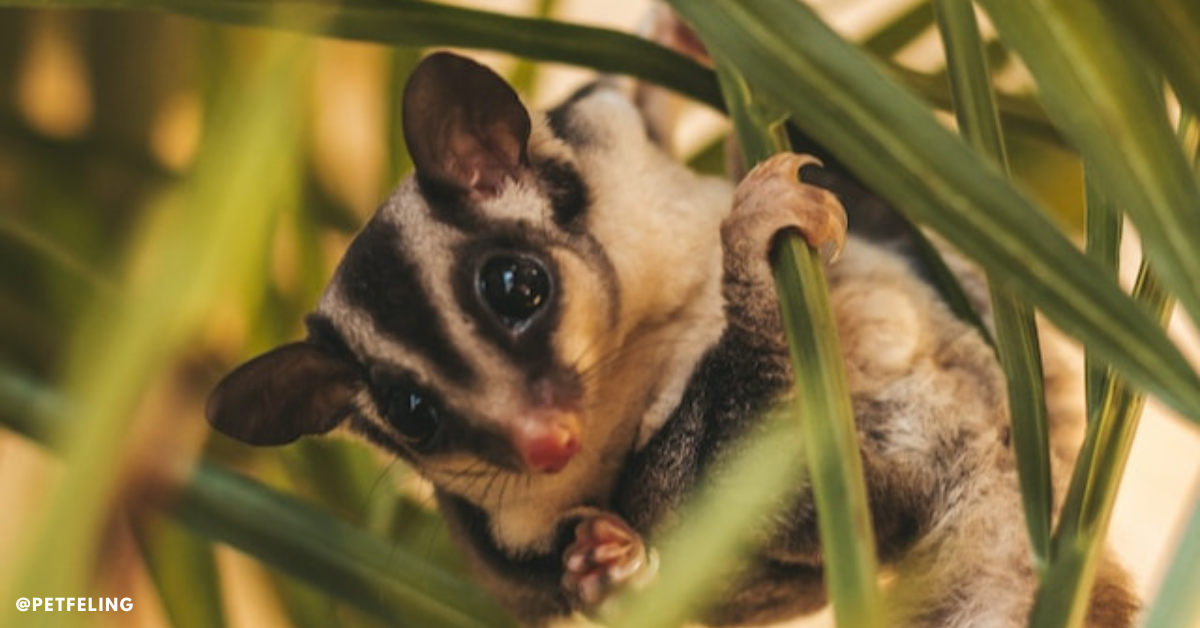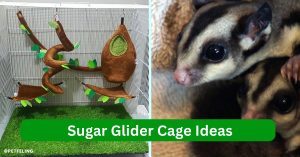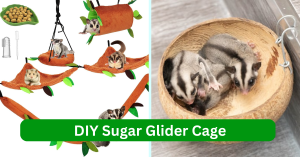You might be wondering if the BML sugar glider diet is the ideal approach to feeding your pet if you’ve heard of it. Gliders need a unique diet to stay wholesome and content. If you spend some time learning about BML, you’ll discover that it’s not as frightening as it initially appears to be.
BML Sugar Glider Diet
Bourbon’s Modified Leadbeater’s Diet, also known as BML, was developed by Bourbon Hackworth in 1998. BML’s major objective is to give your beloved glider a diet that is nutrient-complete. When zoos started housing gliders, they looked for the best way to feed these unusual creatures. The Leadbeater’s Diet was one of the first diets to be successful. The designer changed the diet when they were adopted as pets in America because not all of the same foods were available there as they were in Australia.
It was also changed over time, with the addition of blueberries replacing some ingredients like eggshells and oranges. This meal for gliders replicates the essential nourishment that they obtain in the wild, which is quite challenging to do. Because it is easy to make and uses simple ingredients, the BML diet is well-liked and often referred to as the ideal diet. Glider parents don’t need to use any specialized tools; only regular kitchen appliances will do. Many glider parents regard it as the best sugar glider meal.
BML Sugar Glider Diet Recipe
Nectar, insects, other sources of protein, and minimal amounts of fruit and vegetables should all be included in the captive diet. The nutritional requirements of your glider are precisely met by BML. Consequently, you may be asking what the BML sugar glider food recipe is. What components are there? Let’s look at the ingredients you’ll need to feed this diet to your pet glider. What Are the Ingredients for the BML Sugar Glider Diet? Let’s begin with the tools. You’ll need the following ingredients to prepare meals for your pet:
- Blender or food processor
- Measuring cups
- Measuring spoons
- Mixing bowls
- Food container, preferably an ice cube tray
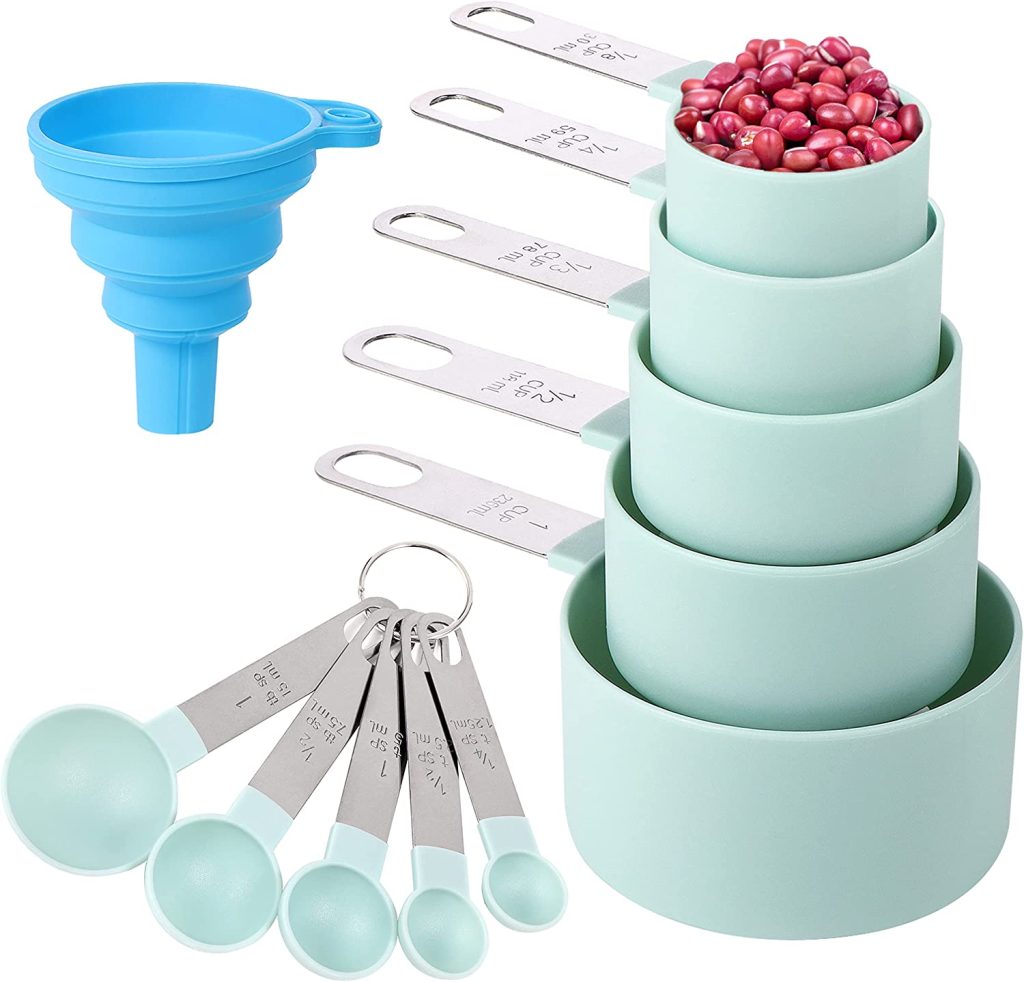
Purchase this measuring cups and spoons set available on Amazon for just $9.98
Let’s look at the ingredients you need for this fresh food diet now that you’ve made sure you have the necessary tools, which are standard kitchen appliances.
- Baby food, such as Gerber baby treats
- Dry baby cereal
- Baby juice or apple juice
- Wheat germ
- Jars Chicken Baby Food
- Rep-Cal Herptivite Vitamin Supplement
- One hard-boiled egg
- Raw honey, or honey stix
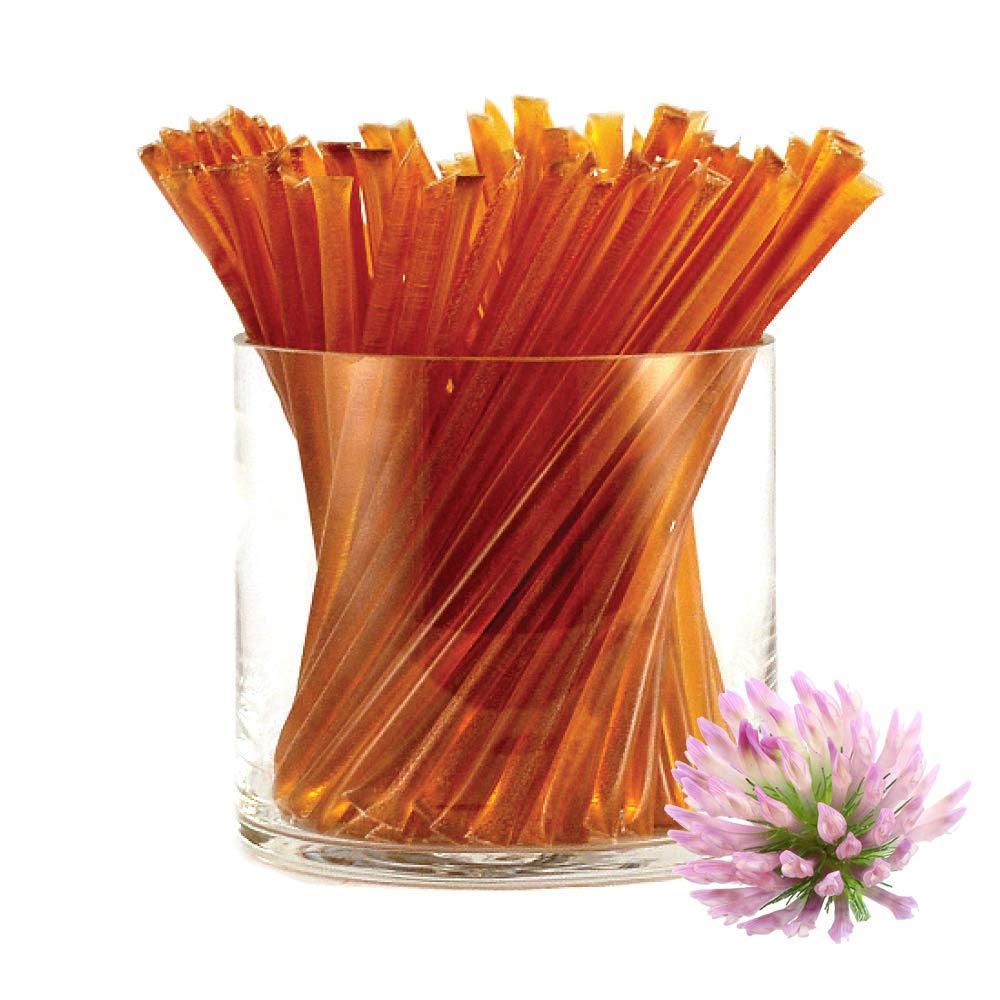
Check out these Honey sticks available on Amazon
How would you make it? Let’s explore. Watch us prepare BML food for a young pal. It’s as easy as making a smoothie for your gliders! What is the recipe for the BML sugar glider diet? Here is a brief description.
- Utilizing your food processor, combine additional honey, eggs, and your normal apple juice.
- Then add your mammalian vitamins, then the cereal and baby food with chicken.
- All ingredients should be smoothly combined.
- Pour until half-filled ice cube trays are reached.
- Now that you grasp it, let’s discuss the recipe in detail and determine how much you need to feed.
How Much Should I Feed My Sugar Glider?
Sugar gliders only weigh 3-5 ounces, so they only need about 15-20 percent of their body weight in food each day. Given that gliders don’t need enormous servings, it’s critical to have a well-balanced diet to make sure they acquire all the nutrients they require. How much food should you give your pet glider on the BML diet? Continue reading to learn the advice I have on how much to feed your small, furry friend.
How Many Tablespoons of BML Diet Per Sugar Glider?
Food intake is roughly 1/4 to 1/2 of an ice cube tray, measuring between 1-2 tablespoons, given that they weigh about 3-5 ounces and require 15-20% of their body weight in feedings.
How Many Times a Day Should I Feed My Sugar Glider?
The recommended feeding schedule is two to three times per day. To give your pet the most nutrition possible, combine the BML mixture with additional solid foods. Just to let you know, 15 grams is equal to 0.529 ounces when measuring in ounces.
This is an introductory list of vegetables and fruit options for your pet glider.
- Apples without the seeds
- Bananas
- Broccoli
- Sweetcorn
- Sweet potato
Because eating too much fruit can lead to obesity, it is best to use it as a treat. Take a look at this guide to sugar glider snacks for a more in-depth explanation. Serve a variety of fruits and vegetables to get a nutritious diet and a decent balance of nutrients. Don’t forget to meet their protein needs as well, which you may do by giving them insects to eat. These foods should be divided up into several meals throughout the day and night.
Here is a sample meal plan that might be best for your glider.
- Feed insects for breakfast.
- To put it another way, give them some breakfast treats.
- The afternoon’s main meal is BML cubes of food.
- As their evening meal, they might consume dehydrated fruits, fruit smoothies, or vegetables.
If you want to feed twice a day, here is another example of an eating schedule.
- Feed mealies or other appropriate insects as a breakfast treat.
- BML cubes at night, along with a modest amount of fruit and vegetables.
Can I Overfeed My Sugar Glider?
Yes, it is both feasible and simple to unintentionally feed your glider too much. You must stay away from this, though, as it can result in obesity, which has major health consequences. A health problem can be that your glider consumes too much phosphorous, which might thin the bones. Make a precise, calculated meal plan with the appropriate food choices and amounts to prevent overeating. Additionally, you must adhere to a regular feeding schedule.
The BML glider diet can be supplemented with snacks, but you shouldn’t combine it with other prepared sugar glider diets like Brisky’s Sugar Glider Food or Sunseed Sugar Glider Formula. If any part of the food is altered or swapped, your glider will probably reject it due to the differences in diets. Additionally, the balance of your nutrients may be seriously off. You’ll have a real mealtime saver on your hands once you’ve created a batch of the BML diet because this recipe yields daily food cubes that are ready to serve.
Conclusion
Fresh fruits and vegetables, as well as a variety of protein sources like insects and tiny amounts of lean meat, should all be part of a sugar glider’s diet. As a supplement, a balanced sugar glider diet that is commercially available, such as BML, can be given. However, it’s crucial to remember that a diet consisting exclusively of these kinds of processed foods might not supply a sugar glider with all of the essential nutrients they require, so it’s crucial to also provide fresh meals. Sugar gliders require specialized nourishment to maintain their health and happiness. Your pet sugar glider will receive the same amount of nourishment from the BML sugar glider food as it would in the wild. Consult a veterinarian right away.
FAQ Section
Which fruits are permitted on the BML diet for sugar gliders?
A glider can consume grapes, melons, papaya, apples, cherries, blueberries, and mangoes as part of a BML diet.
Does the sugar glider BML diet include frozen mixed vegetables?
The sugar glider BML diet does allow for the use of frozen vegetables. Frozen fruit can also be fed. However, fresh fruit and vegetables are the best choice. But if you’re pressed for time, frozen vegetables are fantastic.
What should sugar gliders not be fed?
Dairy products, chocolate, kale, spinach, strawberries, raspberries, beets, and figs are among the foods you shouldn’t give sugar gliders.
Can sugar gliders eat Bananas?
Yes, sugar gliders can eat bananas, but only occasionally and in small amounts.
Can sugar gliders eat Tomato?
Yes, sugar gliders can eat Tomato, but only occasionally and in small amounts.
